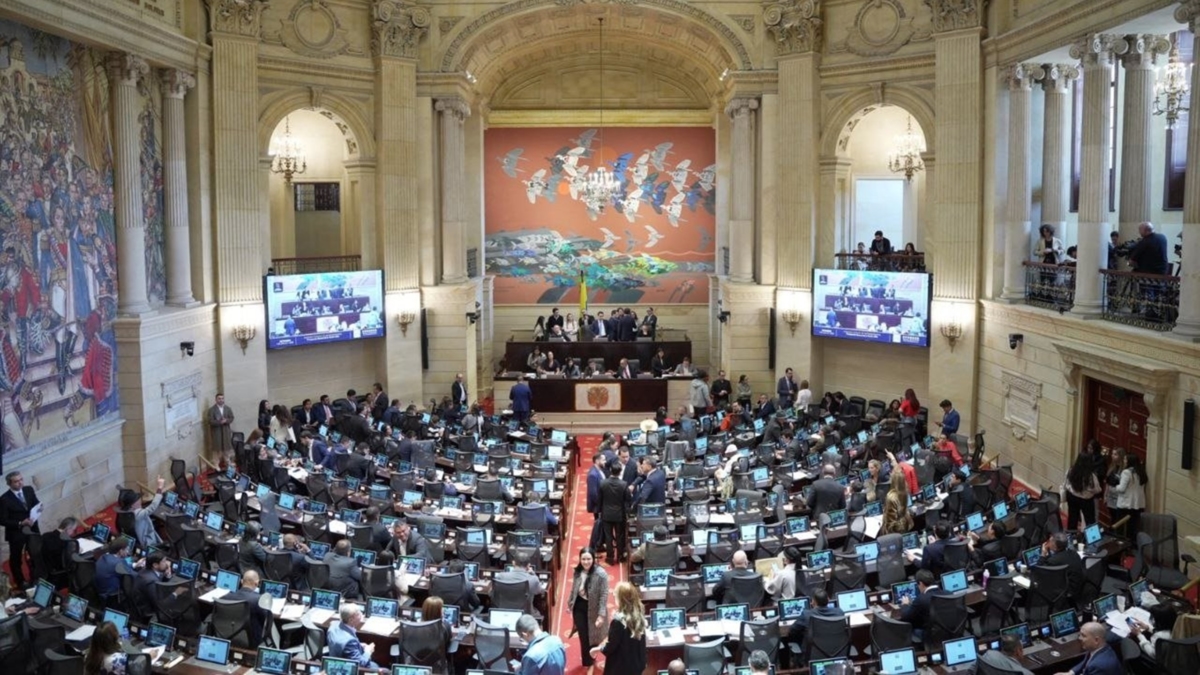ABS and CBS on motorcycles: how they work and why they are important

Just days after the Ministry of Transport's resolution making CBS and ABS mandatory for motorcycles, depending on their engine size, came into effect, the same ministry announced its postponement for another year, until October 13, 2026. Although this decision is supported by valid reasons, it does not send a positive message from the government.
But instead of focusing again on the implications of this postponement, on the fact that it contradicts all those ineffective road safety campaigns that are being announced with great fanfare, on the fact that it runs counter to international initiatives that Colombia has embraced, or on the fact that there surely should have been the usual lobbying by some brands, let's instead look at what CBS and ABS are, and how they contribute to safer motorcycle riding.
The first point to consider before starting to discuss these assists is how braking works on motorcycles. On these, each wheel's brakes are operated independently. In the case of automatic motorcycles (such as scooters), both are activated by levers on the handlebar, while on mechanical transmissions, they are operated with the right lever and another lever, also on the right side, operated with the foot (in this case, the left lever on the handlebar is the clutch).
Regardless of the type of motorcycle, braking force is not distributed equally between both wheels; the front handles 70 percent of the braking force and the rear the remaining 30 percent. Beyond the skill required for this independent operation, the crucial factor is knowing how to brake—that is, using both brakes for the quickest and most effective stops, distributing the force according to the conditions (for example, in rain or wet conditions), among other things.
Whether while learning, because they didn't learn from a course taught by trained personnel, or because of a "lock-up" like the kind that happens when we get scared, it's not uncommon for some motorcyclists to not use both brakes, but only the rear, for example. This is where CBS comes into play.
The acronym CBS stands for Combined Braking System, although some manufacturers have also given it a separate name. In either case, its operation is the same: it distributes the braking force between both wheels even when the driver only applies one brake (usually the rear).
In those cases where the motorcycle rider uses only one brake, the main advantage of the CBS is that it shortens the braking distance and, at the same time, reduces the risk of an accident. On the other hand, more experienced riders often see the disadvantage of using only the rear brake in rainy or wet conditions to reduce or prevent the possibility of the front wheel losing grip and skidding, which the CBS doesn't allow.
This is where the anti-lock braking system (ABS) comes into play. Like in cars, it works through sensors that detect when a wheel locks. These then send a signal to an electronic control unit (ECU) so that the valves in the electrohydraulic module open and close thousands of times per second to prevent locking. This way, control of the motorcycle is not lost when the brakes are fully applied.
Going a step further, several years ago, cornering ABS (also known by different names depending on the manufacturer) was introduced to some high-performance motorcycles. This feature not only includes an ECU that receives wheel speed signals, but also an inertial measurement unit (IMU) equipped with gyroscopes and accelerometers that allow it to detect the motorcycle's lean angles at all times.
Thanks to these additional measurements, braking force regulation prevents the motorcycle from tipping over when cornering, thereby reducing the risk of a fall due to loss of balance.
It's also worth noting that sometimes, usually due to cost issues, conventional ABS doesn't go any further, but rather works "half-heartedly." On many entry-level, low-displacement motorcycles, this system isn't present on both wheels, but only on the front (single-channel ABS, as it's commonly known), keeping in mind that this handles most of the braking force.
Equally important to note is that on motorcycles designed for off-road use or for certain specific sports activities, the ABS can be disengaged to allow a lock, which is only beneficial under those conditions. This is the same principle used by the traction and stability controls on off-road vehicles.
As is well known, this entire electronic world is "fully alive," reading, sending, and receiving thousands upon thousands of signals per second to ensure the virtually immediate operation of these systems, which aim to ensure safer driving at all times. Therefore, it's not enough to simply know them; we must also understand them, thus assessing their importance and the risks of not having them.
Just as with helmets and other protective equipment, which must always be worn, equipping motorcycles with CBS or ABS should not be done simply to comply with a rule and avoid a fine, but rather as a matter of conscious concern for one's own safety and that of other road users.
Editor of Motor.com.co Magazine
eltiempo




